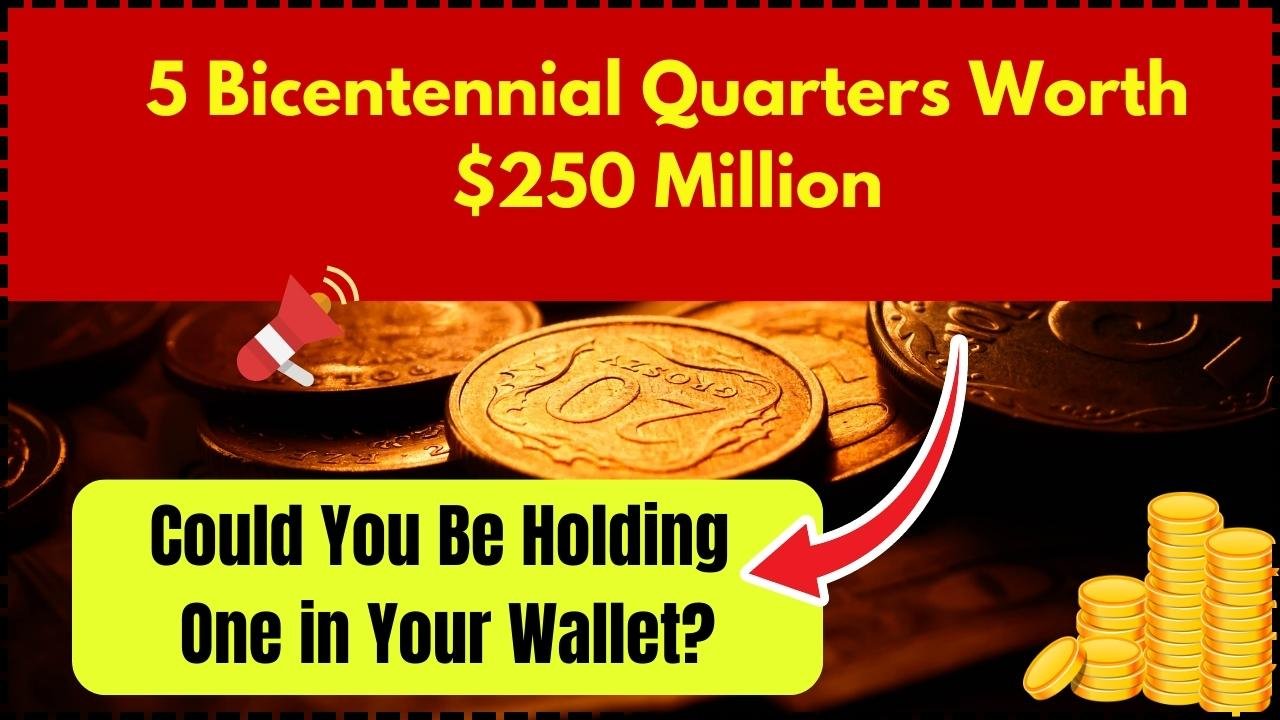R20 Million Treasure Hunt: South Africans Discover Hidden Wealth in Coins.
R1 Million for a Coin: Discover Hidden Treasures in Your Pocket Change In South Africa, the idea that a single coin could be worth as much as R1 million—or even more—might sound like something out of a movie. But believe it or not, some rare coins have fetched staggering sums at auctions. If you’ve ever … Read more

